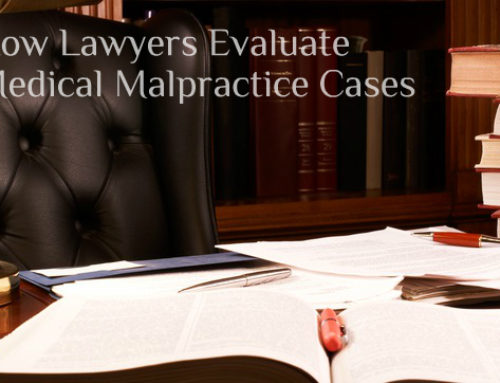One question that sees little attention in the world of medical malpractice is the multitude of actors that can be sued under malpractice criteria. You might think that only a doctor or treating physician of some stripe can be sued. In fact, anyone with a medical license that has a duty to treat and can be established to have a relationship with a patient can be sued.
Some interesting cases are questioning the parameters of the doctor-patient relationship but in general, a relationship needs to exist for malpractice to be tested. Essentially, a form of practice must exist for it to be practiced incorrectly.
As a patient, you are not likely to be seen by only one person. Even in a small hospital structure you deal with a primary care physician, one or more nurses, a pharmacist, and the hospital itself.
Let’s go over a few of these entities and what level of responsibility they must provide sufficient care and reduce potential harm.
Precedents on Doctor-Patient Relationship
The purpose of establishing a relationship is to show that a mandate for care exists. Even though a doctor on a bus may have some responsibility to speak up and offer care for a person that suddenly falls unconscious, the lack of a preceding relationship excuses them from some types of malpractice claims.
It’s impossible to know everything pertinent to a medical interaction in the case of an emergency. However, when time exists and a doctor simply doesn’t take the time to form the relationship, that can be actionable. This is the crux of the precedent set above.
A doctor can’t simply avoid taking responsibility for an issue when presented with one in absence of a greater need. A surgeon about to go into a scheduled surgery, for example, would be free of responsibility for answering a phone call even if not answering that call leads to harm.
Other Medical Providers
When it comes to the list of other medical staff that can be sued in a malpractice case, each has a separate criterion that needs to be met to establish both what they should have provided and what they did not provide.
Nurses – A nurse may be sued under a nursing malpractice statue or is lumped in as one entity with the doctor, depending on the state. Nurses must provide competent care which includes providing medication, observing that it is taken, and reporting patient vitals in a timely manner.
Pharmacists – Pharmacists face liability if they fill a prescription with the wrong dosage, medicines, or ignore a known contraindication. They also face issues if they don’t inform patients of side effects.
Hospitals – A hospital normally has ultimate responsibility for the staff it hires but only faces malpractice liability if they fail to correct behavior or hire incompetent staff. A common example is not redressing or firing a doctor that has multiple malpractice claims against them. This type of hiding of a bad actor is actionable.
Find Answers
The medical malpractice world is as complicated as the medical world. Nobody wants to blame another for their misfortune, but when you have been harmed by incompetence and mistakes, it’s important to seek compensation. Filing a suit against a responsible party helps correct the system and prevent harm to others.
Get help by contacting us today. We’ll help you sort the details on your case.













